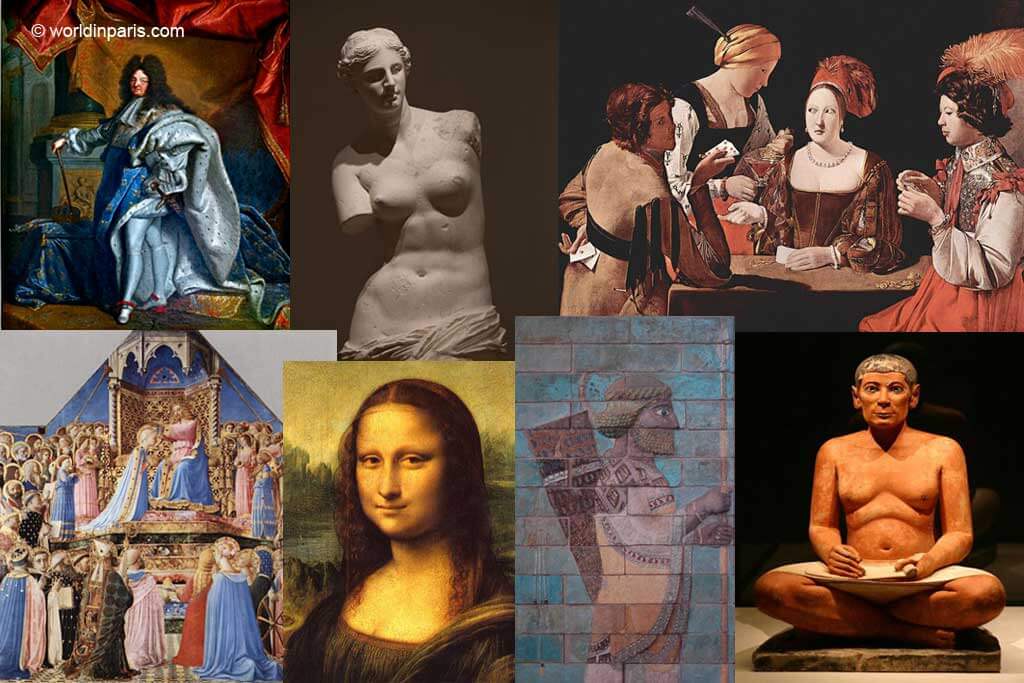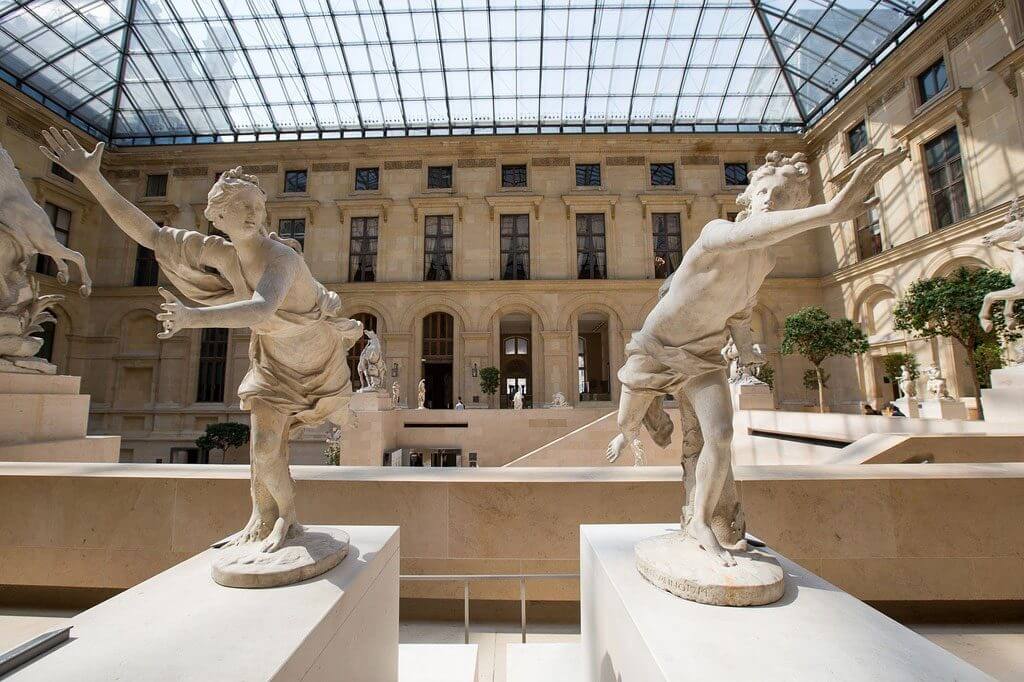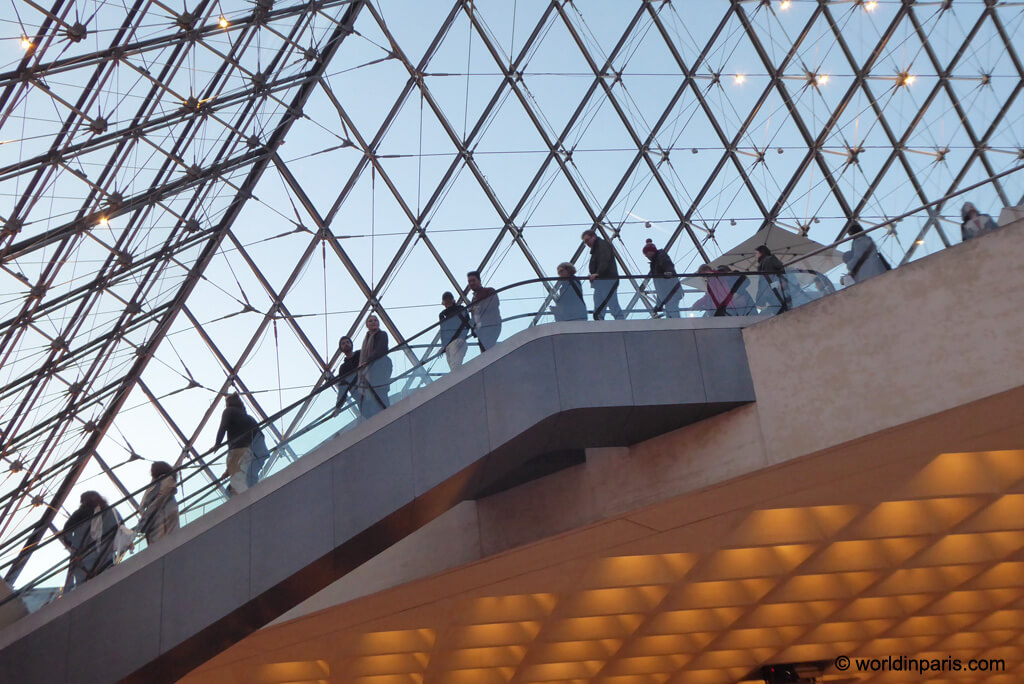Mona Lisa in Paris
The Mona Lisa, also known as La Gioconda (La Joconde in French), is one of the greatest portraits of all time. This small painting, 77 x 53 cm (30 x 20 7/8 in), is owned by the Government of France, and you can admire it in the Louvre Museum in Paris, France.
Why is the Mona Lisa so famous? Why is the Mona Lisa the world’s most renowned work of art today?
This article tells you about Mona Lisa’s travels from Florence to the Louvre in France and other unexpected events that turned the Mona Lisa into the first mass art icon.
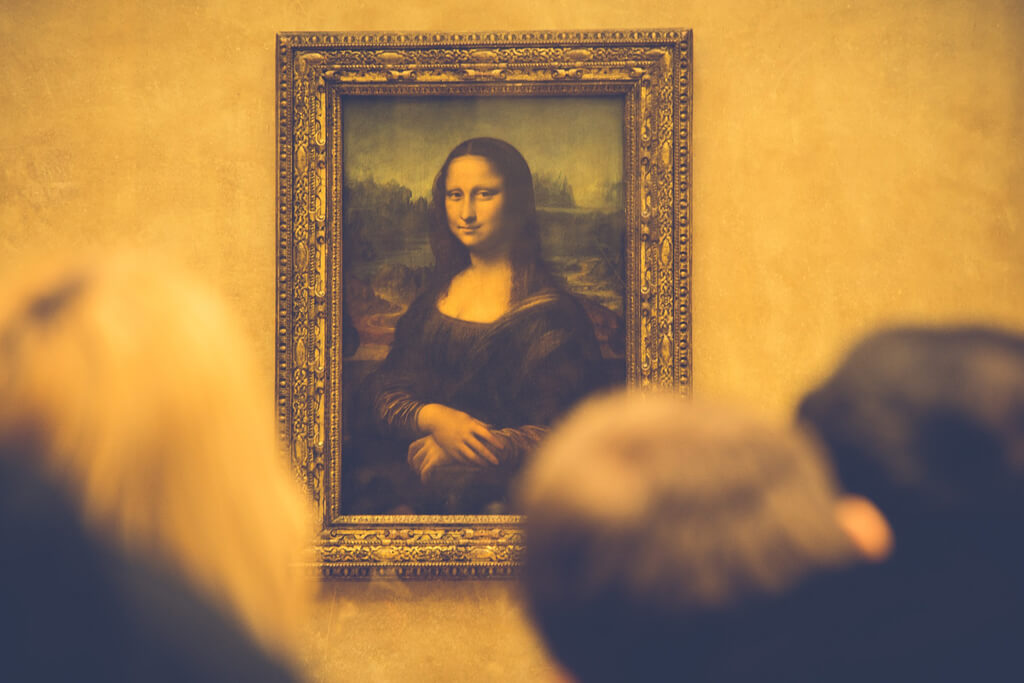
Plan your visit to the Louvre Museum
From Florence to Paris
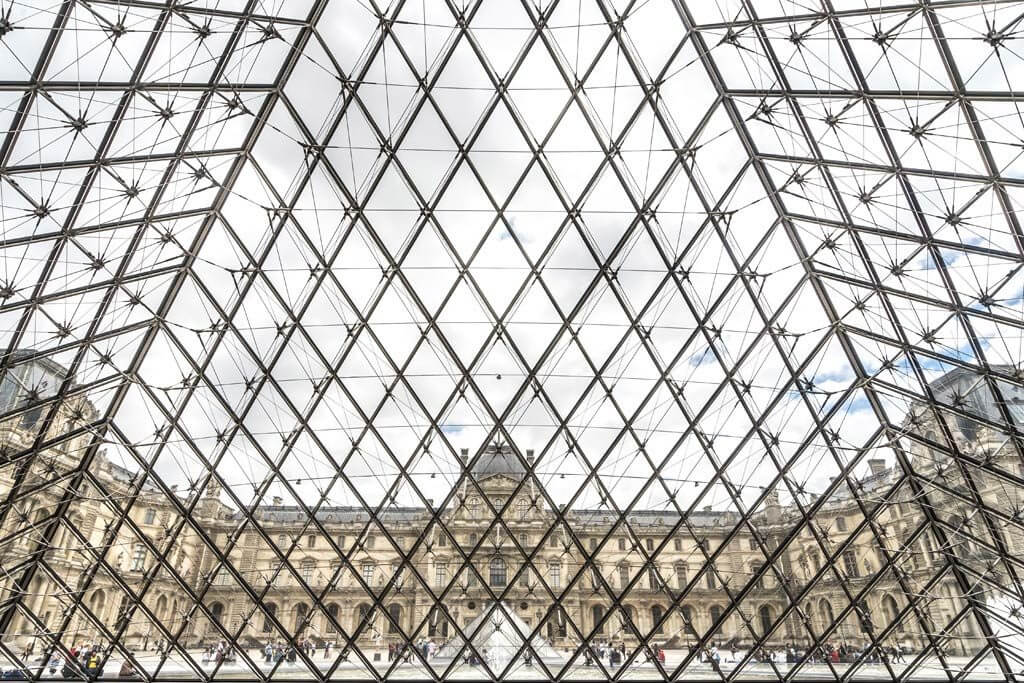
Painted by Leonardo da Vinci in Florence (Italy), he worked on it on and off for a few years towards the end of his career.
In 1516, Leonardo da Vinci was invited by the French King Francois I to work at the Clos Lucé in the Loire Valley. It is believed that the painter took the Mona Lisa with him and continued to work on it after he moved to France.
When Leonardo da Vinci died in 1519, King François I purchased the Mona Lisa. The French king displayed the painting in his Château de Fontainebleau, where it remained for a century.
King Louis XIV moved it to the Palace of Versailles, where it remained until the French Revolution. Can you imagine Marie-Antoinette and Mona Lisa tête à tête in Versailles?
When Napoleon I chose the Mona Lisa to hang on his bedroom wall in the Tuileries Palace, people started to notice the painting. After Napoleon I was sent into exile, the Mona Lisa moved to the walls of the Louvre to be exhibited just like another Renaissance portrait. It is on permanent display at the Louvre in Paris since 1797.
TIP: How to Visit the Louvre in 2 hours or Less
The Mona Lisa had always been an acknowledged masterpiece in the art world. But seriously, why is the Mona Lisa so popular? Is it really all about her mysterious smile?
Why is the Mona Lisa is So Popular?
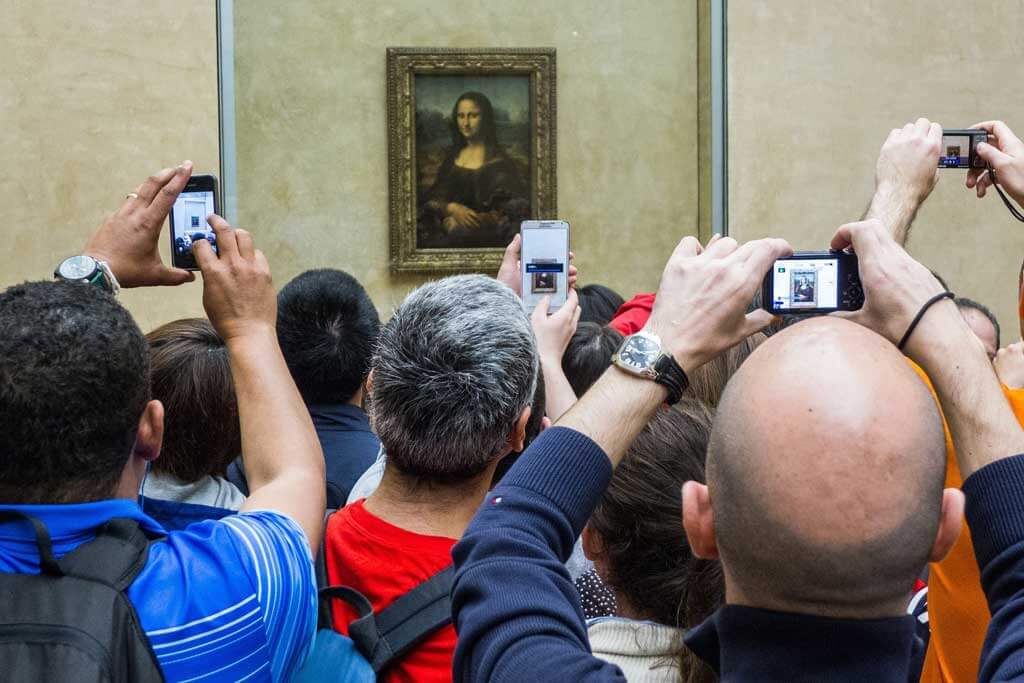
The truth is that it wasn’t until the Mona Lisa was stolen in 1911 that the painting would capture the attention of the general public.
News of the disappearance prompted a public outcry in France. Newspapers spread the crime story worldwide, and the police hauled people in left and right without success.
The hysteria had a fever pitch when the police suspected and interrogated Pablo Picasso, considered today one of the world’s most famous painters.
But Picasso was innocent! The thief turned out to be Vincenzo Peruggia, an Italian carpenter who had once worked at the Louvre as a handyman. He had even helped construct the Mona Lisa’s protective frame. As a former Louvre employee, the police questioned him about the theft on two different occasions, but they never considered him a serious suspect.
For two years, Vincenzo Peruggia kept Mona Lisa in his apartment on the outskirts of Paris, waiting for the heat to die down. He was caught in Florence in December 1913 when he was trying to sell the painting to the Uffizi Gallery. Mona Lisa was found intact and well preserved!
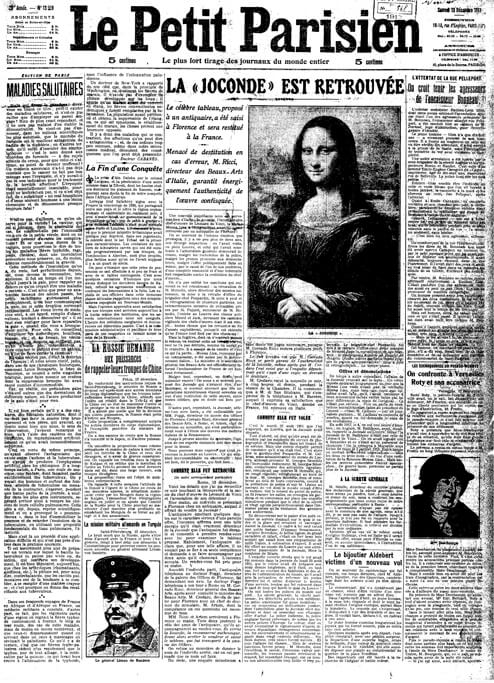
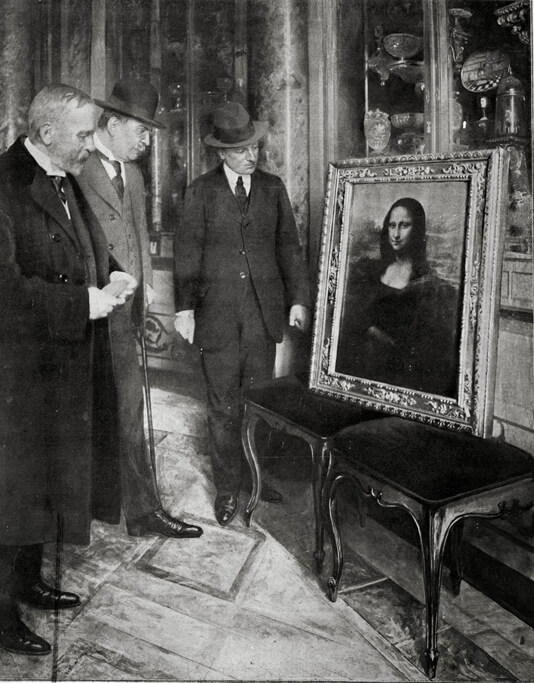
After a brief tour through Da Vinci’s homeland in Florence, the Mona Lisa finally returned to the Louvre in January 1914, and practically the whole world was cheering. On display again in the Louvre, tourists crowded in to see Napoleon’s da Vinci painting Picasso was suspected of stealing. During the first two days after her return, at least 120,000 people went to see the painting!
An Unexpected Trip to the Loire Valley
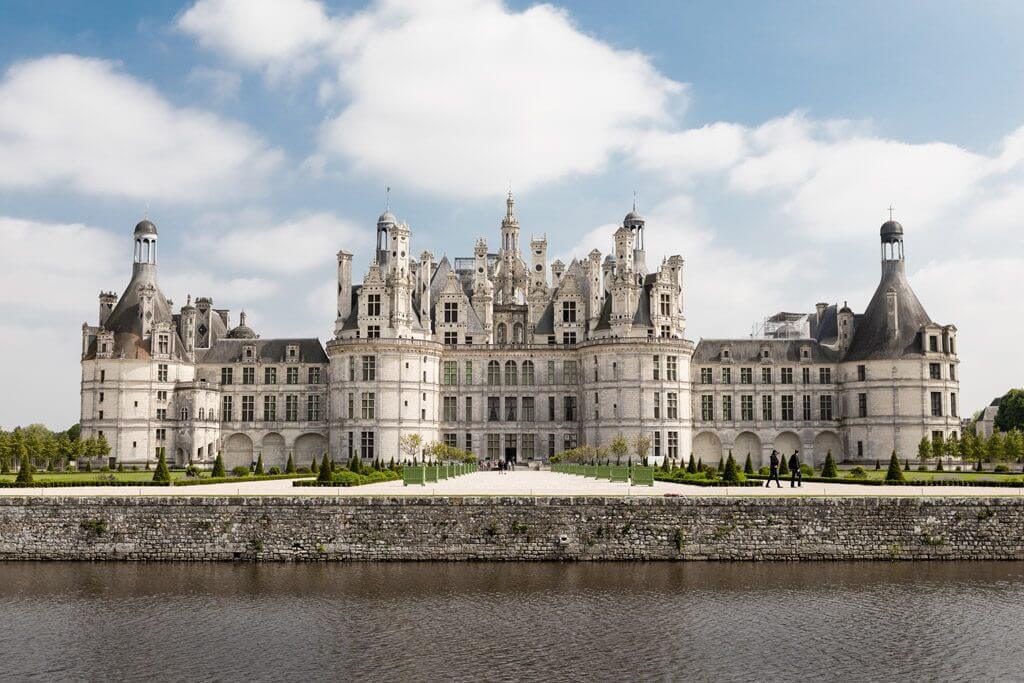
Mona Lisa’s peaceful life as a rock star in the Louvre was interrupted during WW2. Hitler and his team had a wish list of works they planned to spoil from the countries they invaded, and the Mona Lisa – by then, the most famous painting in the world –, was on the top of this list.
Jacques Jaujard, director of France’s National Museums, and René Huyghe, Louvre’s curator of paintings, were well aware of the Nazis’ thread, and they started to work on a secret plan to evacuate almost all of the Louvre’s art – Mona Lisa included – to keep it safe for the duration of the war.
When Germany and the Soviet Union announced their Nonaggression Pact on 25 August 1939, the Louvre closed for three days ‘for repairs’ and the secret plan went into action. The Louvre staff and students from the École du Louvre moved paintings, statues, and other objects from their rooms or displays in the Louvre into wooden crates.
All works were labelled with marks indicating their evacuation priority – yellow dots for most of the collection, green dots for the works of major significance, and red dots for the greatest treasures. The Mona Lisa’s crate was marked with three red dots, the only work in the entire collection with that rating.
On 28 August 1939, hundreds of trucks organized into convoys carried the wooden crates containing the artworks to the Loire Valley in central France, where the splendid Loire Valley Castles had room enough to keep the art far from Hitler’s hands. The Mona Lisa, along with the rest of the Louvre’s collection, arrived safely at the Château de Chambord, one of France’s most impressive castles.
During the war, Jaujard and other officials would juggle logistics and arrange additional moves at great personal risk to keep France’s cultural treasures out of Nazi hands, out of Vichy’s hands, and – thanks to their work with the French Resistance – out of the range of Allied bombs. The Mona Lisa would be moved five more times.
On 25 August 1944, Paris was liberated by the Allies, and on 8 May 1945, Germany unconditionally surrendered and the war in Europe was over. The Mona Lisa returned to the Louvre on 16 June 1945.

Mona Lisa has Her Own Room in the Louvre

After the Louvre launched a four-year, $6.3 million renovation in 2003, the Mona Lisa now has its own room, the Salle de la Joconde (room #711), on the first floor in the Denon Wing.
The picture is kept under strict, climate-controlled conditions in a bulletproof glass case. The humidity is maintained at 50% ±10%, and the temperature is maintained between 18 and 21 °C. A glass ceiling lets in natural light, and a little spotlight brings out the true colors of da Vinci’s original paints.
Mona Lisa holds the Guinness World Record for the highest known insurance valuation in history at US$100 million in 1962 (equivalent to $660 million in 2019).

